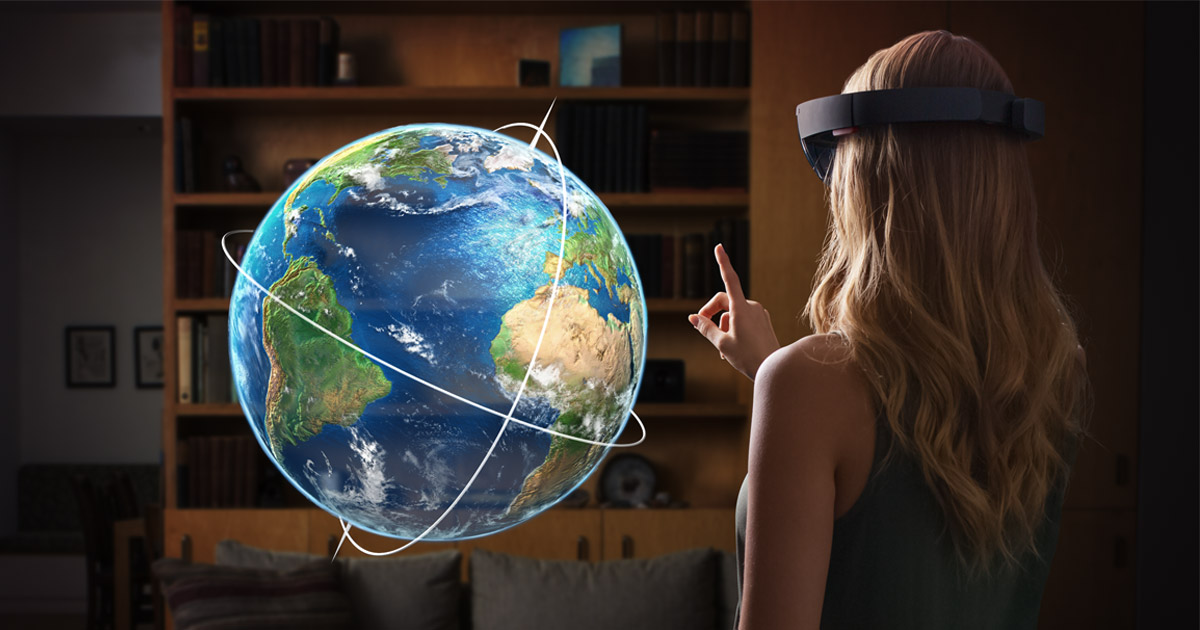Future Possibilities of Gamification in Education
Education as a discipline faces a difficult task when it comes to maintaining students’ levels of participation and motivation, and gamifying learning presents an opportunity for teachers to deal with this problem. Game elements are frequently employed in fields from commerce to training to introduce pleasure to serious topics, and present information in an easy-to-use and positive manner. Well-designed and appropriately used game elements can create effective learning environments (Plass et al., 2016) and the objective of gamification in education is to bring this ideology to learning, engage students and inspire them go further.
The debate between traditional and gamified learning, and the role of game elements in classes, presents valid challenges to the theoretical benefits, particularly arguments that question whether end results actually increase due to use of game-like strategies and the perception that games factor in social isolation or health issues. However, if a learning experience does not capture the student’s attention, the meaning behind the content could ultimately be lost (Itworx.education, 2014). Game-like strategies give educators the power to design interesting routes to knowledge for the new generation of learners and games themselves could even now be considered to be “inherently educational in their own right” (Papallo, 2015).

21st classroom (Nec-display-solutions.com, 2012)
Computers and technological devices are, in general, changing the way we teach and learn, becoming key to training systems and making education in virtually any subject more accessible than ever before. In the future, techniques from games can continue to benefit education. As games continue to develop, the conventions and design choices that make them appealing, if applied well to education, may result in immersive, character-building experiences that create a positive emotional connection between students and learning.

Concept of future learning (Microsoft HoloLens, 2016)
Bibliography:
e-Learning Infographics, (2014). The Future of Games in Education Infographic – e-Learning Infographics. [image] Available at: http://elearninginfographics.com/the-future-of-games-in-education-infographic/ [Accessed 23 Jan. 2016].
Nec-display-solutions.com, (2012). “Learning in Future Education” – The LiFE 1 Project Reveals the Impact of 3D on Pupil’s Learning – NEC Display Solutions Europe – Stereoscopic 3D Website. [image] Available at: https://www.nec-display-solutions.com/p/w3d/en/Study3DLearning.xhtml [Accessed 23 Jan. 2016].https://www.nec-display-solutions.com/p/w3d/en/Study3DLearning.xhtml [Accessed 23 Jan. 2016].
Microsoft HoloLens, (2016). Microsoft HoloLens. [image] Available at: https://www.microsoft.com/microsoft-hololens/en-us [Accessed 23 Jan. 2016].
Plass, J., Biles, M., Frye, J. and Huang, T. (2016). Video Games & the Future of Learning | Connect: Information Technology at NYU. [online] Wp.nyu.edu. Available at: https://wp.nyu.edu/connect/2012/04/30/video-games-the-future-of-learning/ [Accessed 20 Jan. 2016].
Papallo, J. (2015). Are Video Games the Future of Education?. [online] Educationworld.com. Available at: http://www.educationworld.com/a_news/are-video-games-future-education-994027856 [Accessed 20 Jan. 2016].
Itworx.education, (2014). Gamification in Education: the Good, the Bad and the Ugly. [online] Available at: http://www.itworx.education/gamification-in-education/ [Accessed 20 Jan. 2016].